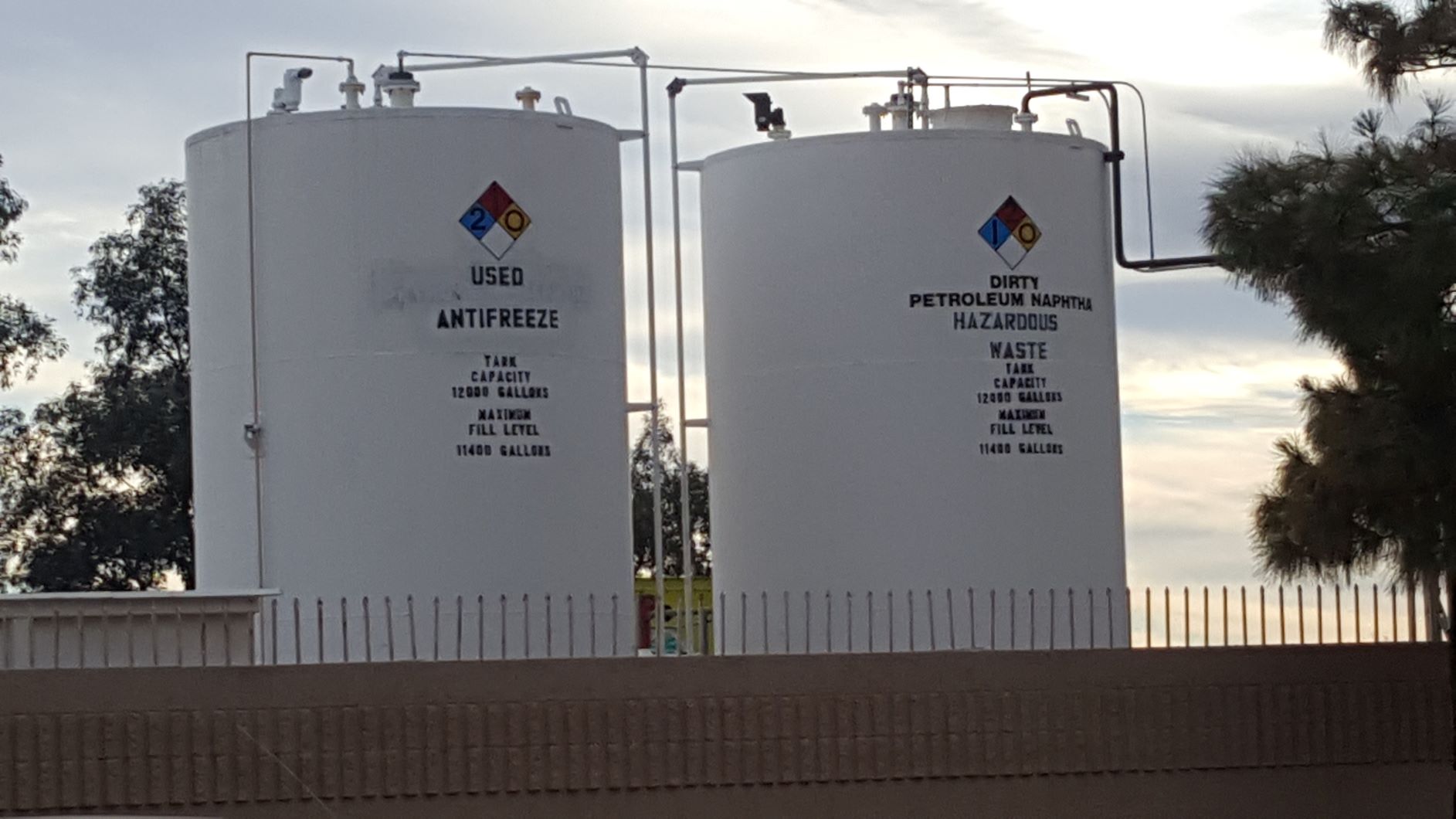In response to COVID-19, the Wisconsin DNR is aware that facilities may need additional time to complete and submit their annual reports.
The 2019 hazardous waste annual report was due March 1, 2020, per ss. NR 662.041(1) Wis. Adm. Code. While this regulatory requirement does not specifically allow for extensions to this deadline, it is understood that between the delayed launch of the report and current workforce limitations due to COVID-19, facilities may need additional time to complete the report. We do encourage generators to complete and submit the report as soon as possible, to allow for the department to submit the required reporting data to the U.S. EPA in a timely fashion.
Daniels Training Services, Inc. 815.821.1550 |
A large quantity generator of hazardous waste (LQG) must provide intial training for all hazardous waste personnel with an annual review of the inital training. I can provide this training. If Onsite Training is not possible right now, how about a webinar? Advantages to web-based training:
- Same content as my Onsite Training.
- Webinar is live, interactive, and – with your assistance – can be made site-specific.
- I provide all the necessary documents for training, testing, and recordkeeping. All documents emailed to you prior to the webinar.
- Low cost and easy to schedule.
- Up to 25 separate log-ins (no need to gather trainees in one place). Unlimited number of trainees.






